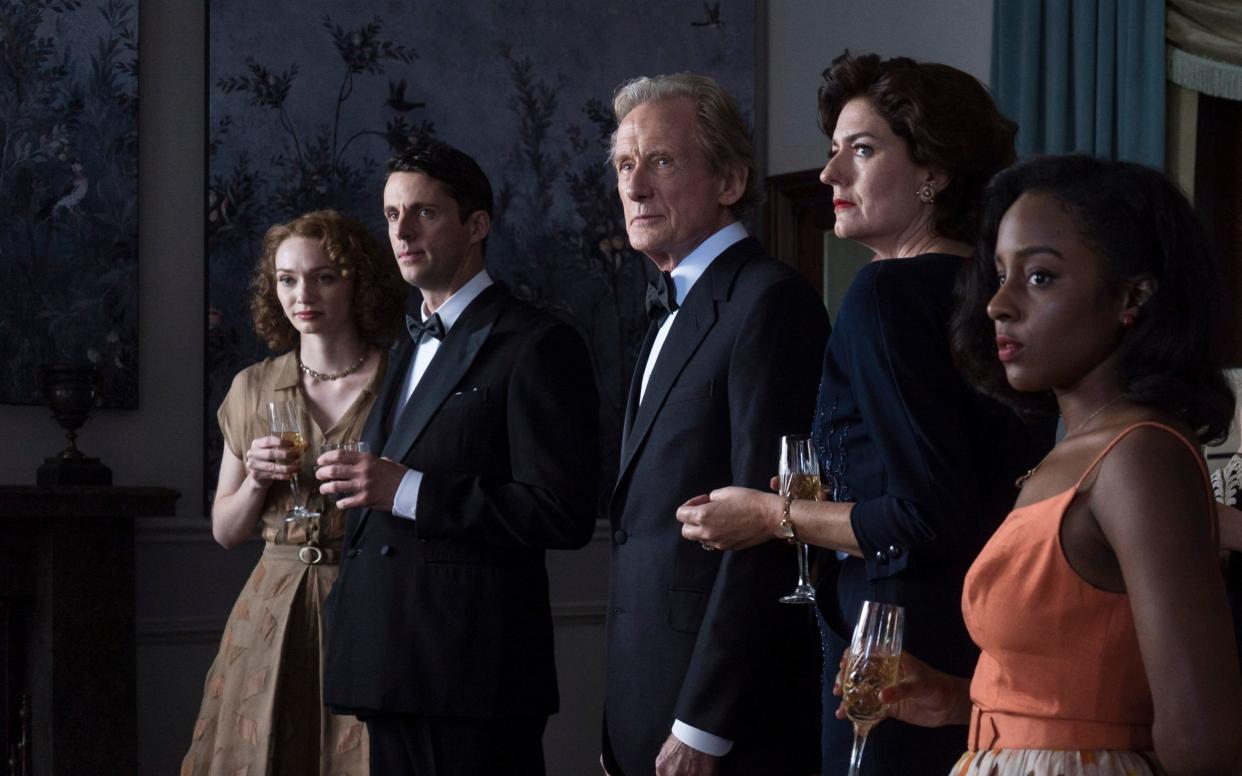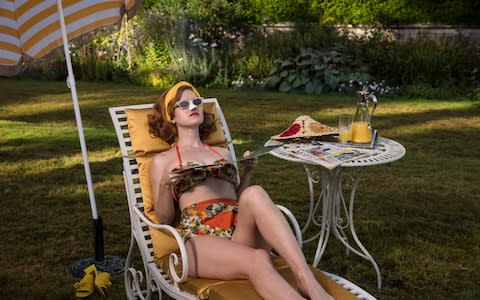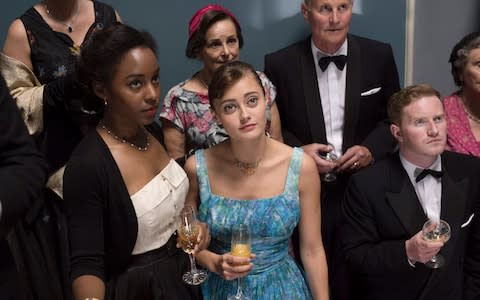Ordeal By Innocence: 10 major differences between the book and the BBC series

Warning: contains spoilers for the final episode of Ordeal By Innocence
An Agatha Christie novel with no surprise ending is in danger of prosecution under the Trades Descriptions Act. It makes a perverse kind of sense, therefore, that Sarah Phelps changed the murderer in her BBC adaptation of Ordeal by Innocence, so that even those viewers who know the book were blindsided. When we were finally shown a flashback to Rachel Argyll’s murder, we saw the “wrong” suspect bop her on the bonce. And there are many other ways in which the book is very different from the TV version…
1) Leo Argyle is not the murderer
The Leo Argyle of Christie’s novel doesn’t just spell his surname differently; he is completely innocent of his wife’s murder, which is carried out by a different suspect with a totally different motive. Leo’s worst crime in the book is a certain detachment from his adopted children, well-caught in the TV version by the Easter-Islandish Bill Nighy; his eruption into murderous rage was certainly a surprise. In the book Leo is an economist rather than an Egyptologist, but perhaps Phelps thought it is less easy to believe in economists being roused to passion (and they have fewer lethal statuettes lying handily about).
2) Rachel Argyle is not a superbitch
Anna Chancellor’s portrayal in flashback of the neurotic Rachel, who bullies, drugs and kidnaps her adopted children at whim, was so wonderfully icy that I had to put on a cardigan; but the character was a caricature compared with the Rachel Argyle of the book. In the novel she was just a bit of a bossy-boots, whose worst flaw, as one character observes, was that she was infuriatingly competent: “The fact was that she was nearly always right, that she did know best. If she’d been one of those women who run into debt, lose their keys, miss trains, and do foolish things that other people have to help them out of, her entire family would have been much fonder of her.” It is all a bit more subtle and low-key – and perhaps more poignant – than the TV version.
3) Gwenda is also not a superbitch
In the novel Rachel’s secretary is not the hilariously scathing sexpot of Alice Eve’s portrayal, but a kindly, likeable figure – “not glamorous … but good-looking and attractive in a nice kind of way”. We are privy, though, to her secret jealous thoughts about her late employer, so she is still on the list of suspects.

4) Arthur Calgary is not an escaped lunatic
The idea for the novel came to Christie when her secretary showed her a newspaper interview with an Antarctic explorer who said how strange it was to hear no news for months on end. In the book Dr Calgary is not an escapee from an asylum, but has genuinely been away for years in the Antarctic. He sensibly consults the police before his first visit to Sunny Point, and is a disinterested figure pursuing justice for its own sake rather than somebody trying to atone for his work on nuclear weapons; in fact, the whole nuclear destruction theme is absent from the book.
5) Philip does not use phrases like “you were riding Leo like a seaside donkey”
In the novel Philip is a bit weird but far from the acidulous drama queen so splendidly portrayed by Matthew Goode. He is wheelchair-bound due to polio rather than a drunken car crash, and tries to solve the murder to prove that he is not totally useless – which earns him a knife in the neck rather than a comparatively nice morphine overdose.
6) The title means something
Phelps has so much fun with the Argyll family 's dysfunction that she rather skates over one of the main themes of the book, which, as the title implies, is the way in which an unsolved murder can cast a shadow over the lives of innocent suspects, which may dog them till the end of their days (The Innocent was Christie’s original title for the book). The novel is not set on the eve of Leo and Gwenda’s wedding; in the book they know that if they get married they will excite cruel gossip about how one or other of them must have murdered Rachel.
Rather than a bad-lot husband, in the book Hester Argyle has a nice boyfriend called Donald, who cannot bear the idea of not knowing whether Hester may have killed her mother. He promises he will stand by her as long as she tells him the truth. Hester gives him the bum’s rush and falls for Arthur, who has blind faith in her innocence. A good tip for you there, chaps, if you find yourself in that situation.

7) Jacko has a secret wife
In the book Jack is called Jacko and has a secret wife who turns up solely for the purpose of providing a few clues to the murderer’s identity (so she didn’t need to be in the TV version, as the murderer had a different identity, if you’re keeping up).
8) Kirsten is getting on a bit
Morven Christie’s portrayal of Sunny Point’s girl-of-all-work, popping up everywhere looking like Mrs Danvers’ apprentice, is one of the highlights of the TV series. However, as many viewers have pointed out, she doesn’t seem to age in the 20 years following the children’s arrival at Sunny Point. In the book she is much older – “She’s the age when women go slightly off their rocker in one way or another,” says one character – and a matronly mother confessor figure. There’s no suggestion that she is Jacko’s mother or that Leo ever raped her. And she’s Swedish.
9) Tina and Micky aren’t “at it” – yet
In the book adopted brother and sister Micky and Tina fall in love in the course of the investigation, rather than already being in a relationship that precipitates some of the events leading up to Rachel’s murder. Not surprisingly, Phelps put some of Micky’s dodgier chat-up lines – “You’re such a quiet, soft little creature, Tina. Like a little black cat … Nice pussy! Pretty little pussy!” – into the mouth of the rebarbative Philip instead. But, for somebody of Christie’s generation, the portrayal of an inter-racial relationship is done with touching empathy.
10) The chief constable is not a paedophile kamikaze murderer
In the book Major Finney is a boilerplate Christie chief constable, slightly dim, but efficient and incorruptible. Jacko dies in prison of pneumonia, rather than, as in the TV version, being beaten to death at the behest of Chief Constable Gould so that he can’t spill the beans about Gould’s proclivities. And Gould’s suicidal attempt to mow Calgary down in his car was an unfortunate misstep into melodrama.

